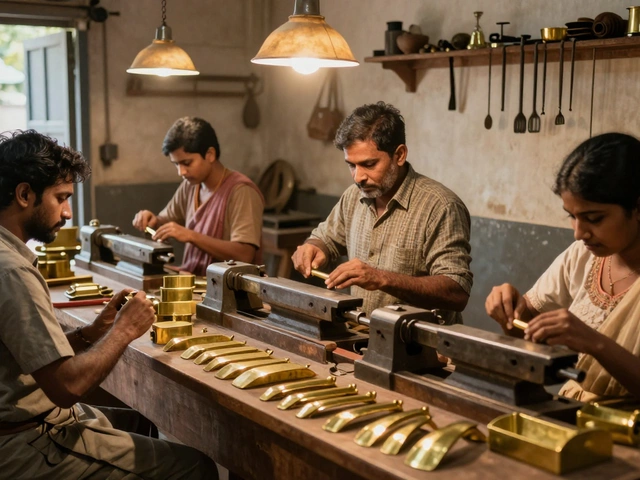Dilip Shanghvi – Indian Pharma Pioneer
If you’ve ever wondered who’s behind the biggest names in India’s drug market, Dilip Shanghvi is the first person that comes to mind. He started Sun Pharma in a small garage and turned it into the country’s largest pharma company. Want to know why his story matters for today’s manufacturers? Keep reading – the lessons are simple and can help anyone in the industry.
Why Dilip Shanghvi Matters in Pharma
Shanghvi’s success isn’t just about making money; it’s about how he built a supply chain that can deliver medicines across the country. He focused on three things: quality, cost control, and rapid product launches. By keeping a tight grip on raw material sourcing, he cut waste and kept prices low. That same approach is why Sun Pharma can launch generic versions of blockbuster drugs faster than most competitors.
Another key move was his early investment in research labs. While many Indian firms were content with importing formulas, Sun Pharma started its own R&D centers in the 1990s. The result? More than 1,000 patented products today. For a manufacturer, the lesson is clear – a small R&D budget now can save huge licensing fees later.
Shanghvi also understood the power of regulatory compliance. He made sure every plant met US FDA standards long before it became a requirement for export. This opened doors to foreign markets and boosted the brand’s reputation. If you’re setting up a new line, think of compliance as a gateway, not a hurdle.
Key Trends in Indian Pharma Manufacturing
Today, the Indian pharma scene is buzzing with new technology, and most of it lines up with Shanghvi’s playbook. Automation is one big trend. Robots are handling pill counting, tablet coating, and even packaging, cutting human error by half. Smaller firms are buying modular automation kits that fit on existing floors without a massive overhaul.
Another shift is the rise of continuous manufacturing. Instead of batch processes that stop for cleaning, continuous lines keep running, saving time and energy. Sun Pharma has already piloted a few continuous reactors for sterile injectables, and the results are faster turn‑around and lower waste.
Green manufacturing is also gaining ground. Companies are recycling water, using solar power, and reducing solvent use. Shanghvi’s early focus on cost control now translates into eco‑friendly practices that also improve the bottom line.
Finally, data analytics is becoming the brain of the factory. Sensors collect real‑time data on temperature, pressure, and machine health. With AI, plants can predict a breakdown before it happens, keeping production smooth. If you’re not yet using data dashboards, you’re leaving money on the table.
Putting it all together, Dilip Shanghvi’s journey shows that quality, smart R&D, and forward‑thinking compliance can turn a small startup into an industry leader. Modern manufacturers can borrow these ideas, add automation, go green, and let data drive decisions. The result? Faster product launches, lower costs, and a stronger position in the global market.
So next time you think about scaling a pharma plant, remember the three pillars Shanghvi built his empire on: quality, cost efficiency, and compliance. Layer in today’s tech trends, and you’ll have a recipe that works in 2025 and beyond.
Richest Pharmacist in the World: The Indian Pharma Tycoon Behind the Fortune
Curious about who tops the charts as the world’s richest pharmacist? This article looks at the rise of India’s own Dilip Shanghvi, details how pharma billionaires made their fortune, and shows why India is winning big in the global market. Dig into the people, numbers, and companies that shape this high-stakes industry. You’ll find practical insights into what sets Indian pharma apart and how the wealth of its biggest names just keeps growing.
Read More




